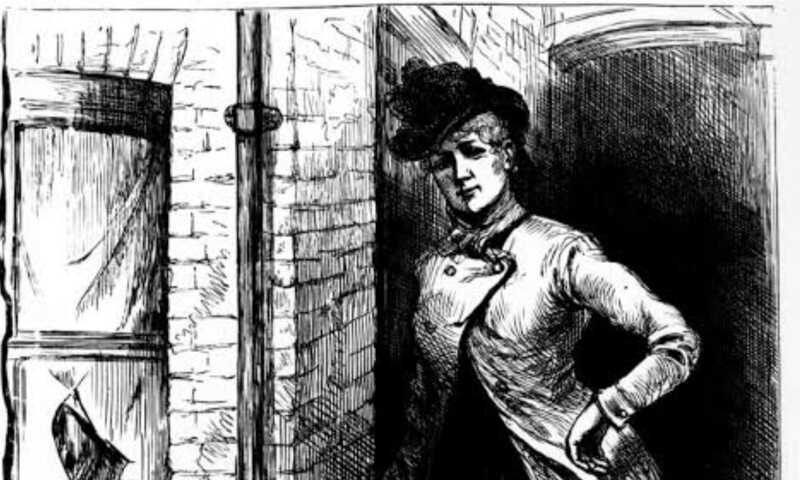- A Powerful Woman with Scandalous Ties
- Shocking Revelations from Medieval England
Article Today, London: New historical research has shed light on a brutal murder that took place nearly 688 years ago. On a May evening in 1337, John Ford, a priest, was viciously attacked and killed near Old St. Paul’s Cathedral in London. Records now suggest that a wealthy and influential woman, Ela FitzPayne, played a key role in the crime. The discovery has brought fresh attention to the dark side of medieval English society.
A Powerful Woman with Scandalous Ties
Ela FitzPayne was known for her wealth and influence during the 14th century. Historians believe she was the prime conspirator in Ford’s murder. A letter written in 1332 by the Archbishop of Canterbury accused her of multiple illicit affairs, involving both political and religious leaders of the time. Among them, it appears, was John Ford himself. Ford served as a priest in one of FitzPayne’s estates. Despite facing public disgrace and harsh punishments for her alleged immoral life, Ela reportedly ignored all warnings and continued her powerful lifestyle.
Theft, Violence, and Political Intrigue
Recently discovered royal commission records from 1322 provide further evidence of FitzPayne’s questionable activities. They reveal that Ela, along with her husband Sir Robert and John Ford, looted a French Benedictine priory. The group reportedly stole 200 sheep, 30 pigs, and 18 oxen. This attack took place when tensions between England and France were high. Researchers suggest that Ford may have initially been part of Ela’s circle but later exposed her secrets to church authorities. This betrayal is believed to have sparked the deadly conflict between them.
New Insights from Old Records
The resurfacing of this centuries-old murder, along with stories of corruption, adultery, and violence, is now offering historians deeper insights into the social and political fabric of medieval England. The case not only highlights the unchecked power of wealthy individuals during that era but also uncovers the hidden struggles between personal ambition and religious authority.



